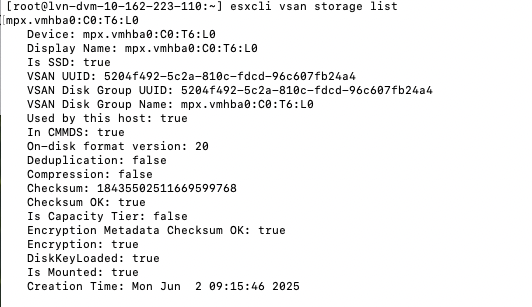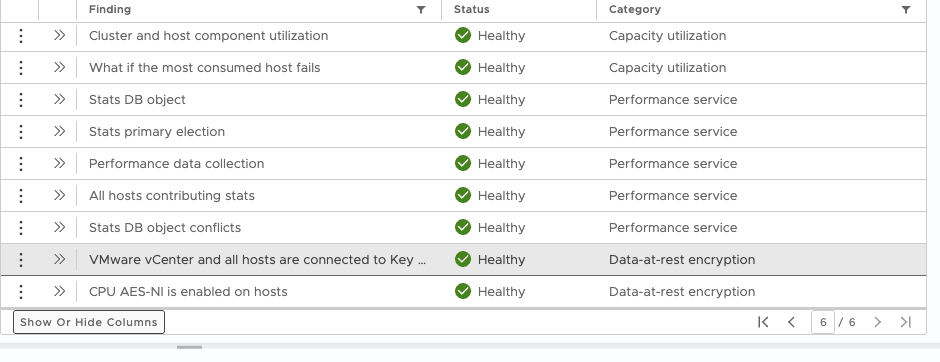At VMware Explore it was obvious, the interest for VMware’s on-premises Ransomware Recovery solution is huge! Hence, I asked Jatin Jindal to join the show to go over what the VMware Ransomware Recovery solution entails, what the differences are between a ransomware recovery process and a disaster recovery scenario, and he talks about various roadmap items like tag-based selection, seeding, QLC support, and vSAN Cyber ReadyNodes. Interested in participating in the upcoming Storage, Data Protection, and Data Beta Programs? Sign up now by filling out this form: https://docs.google.com/forms/d/e/1FAIpQLSeXBC6_oAnkS8vCFztuLQFHx0qZ5xxJSmxbMkyPBvDFM0lHLg/viewform
You can listen to the episode via Spotify (bit.ly/3IWQCwz), Apple (bit.ly/4o6YVoG), or via the embedded player below!


